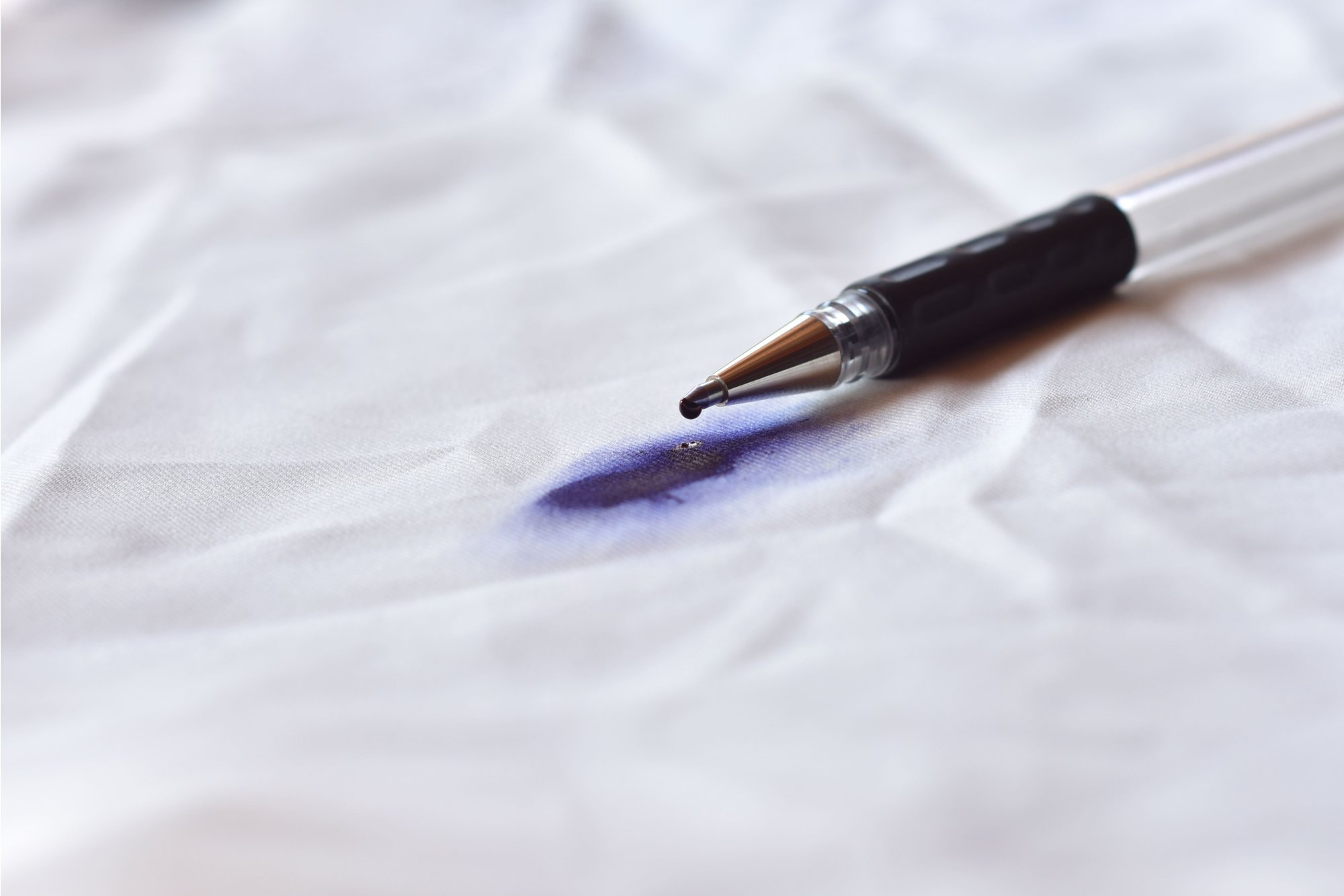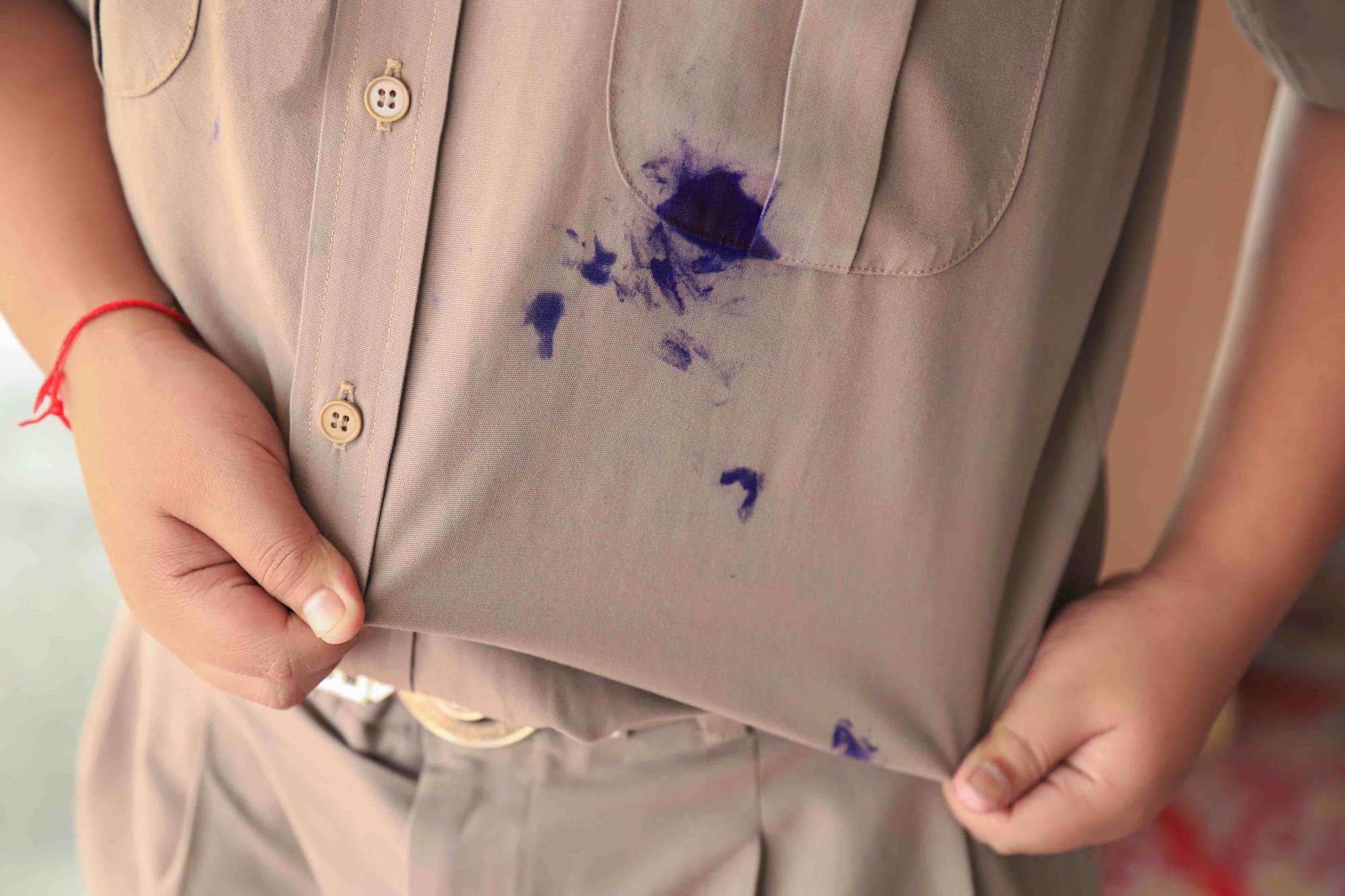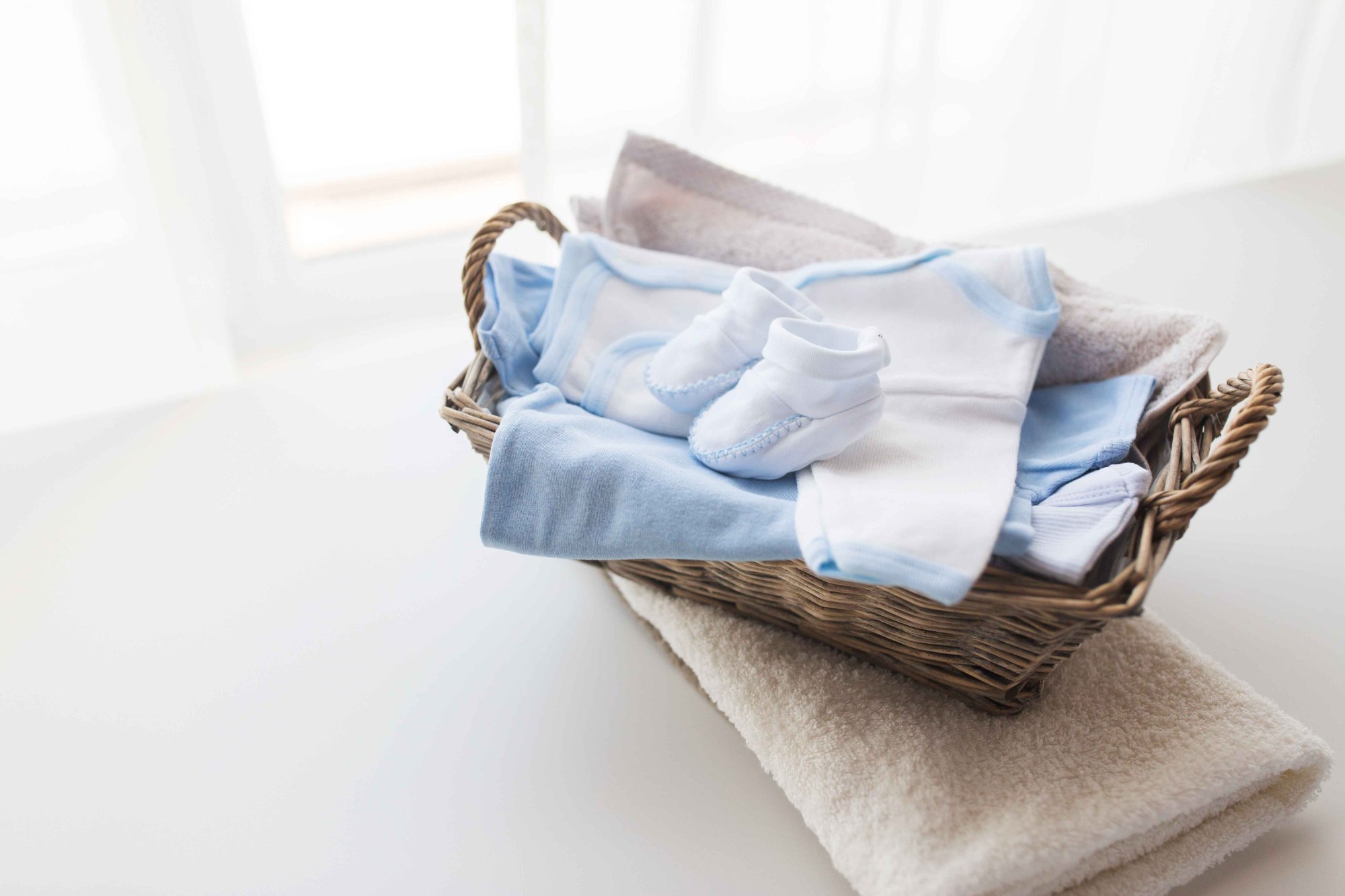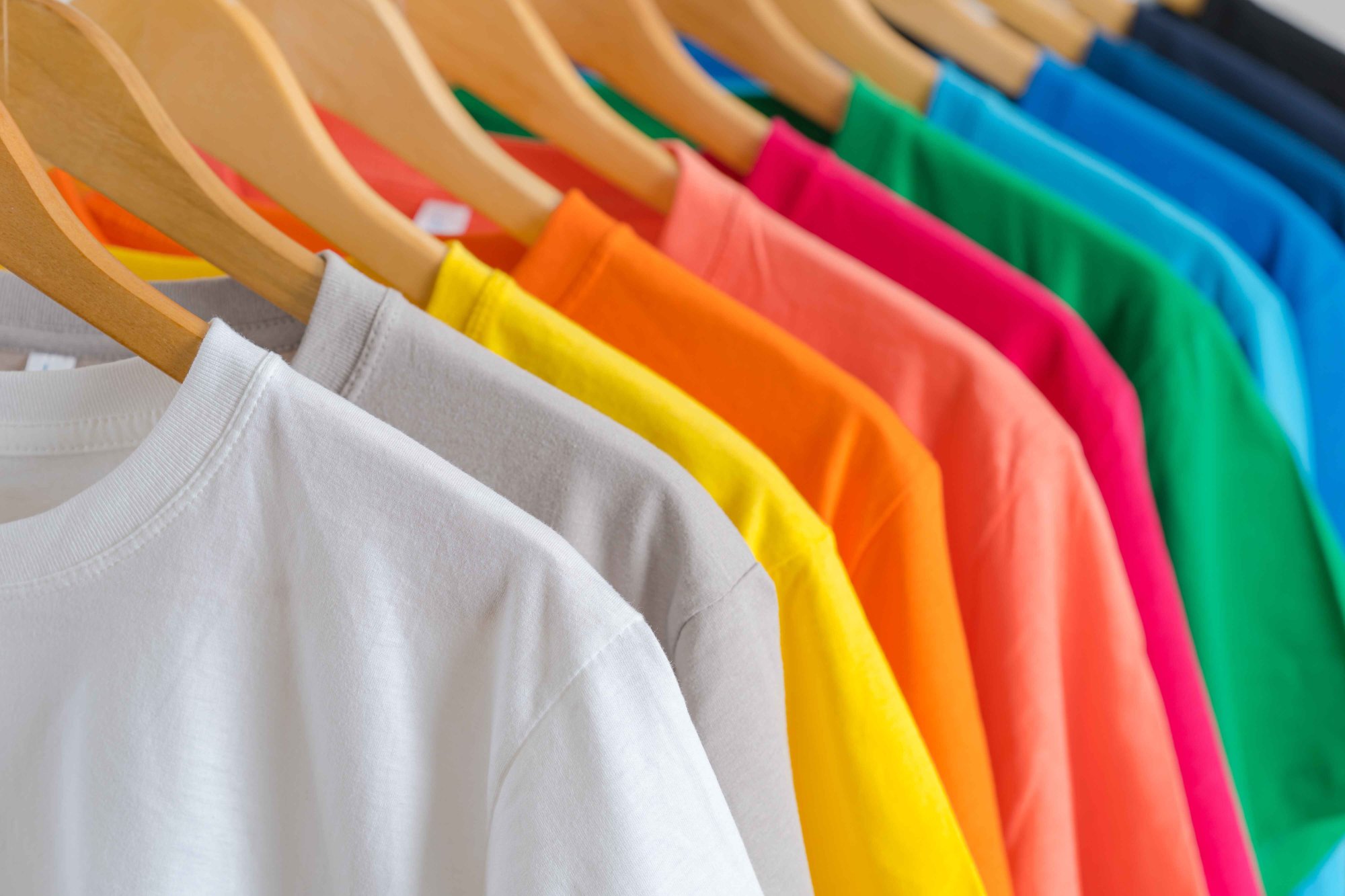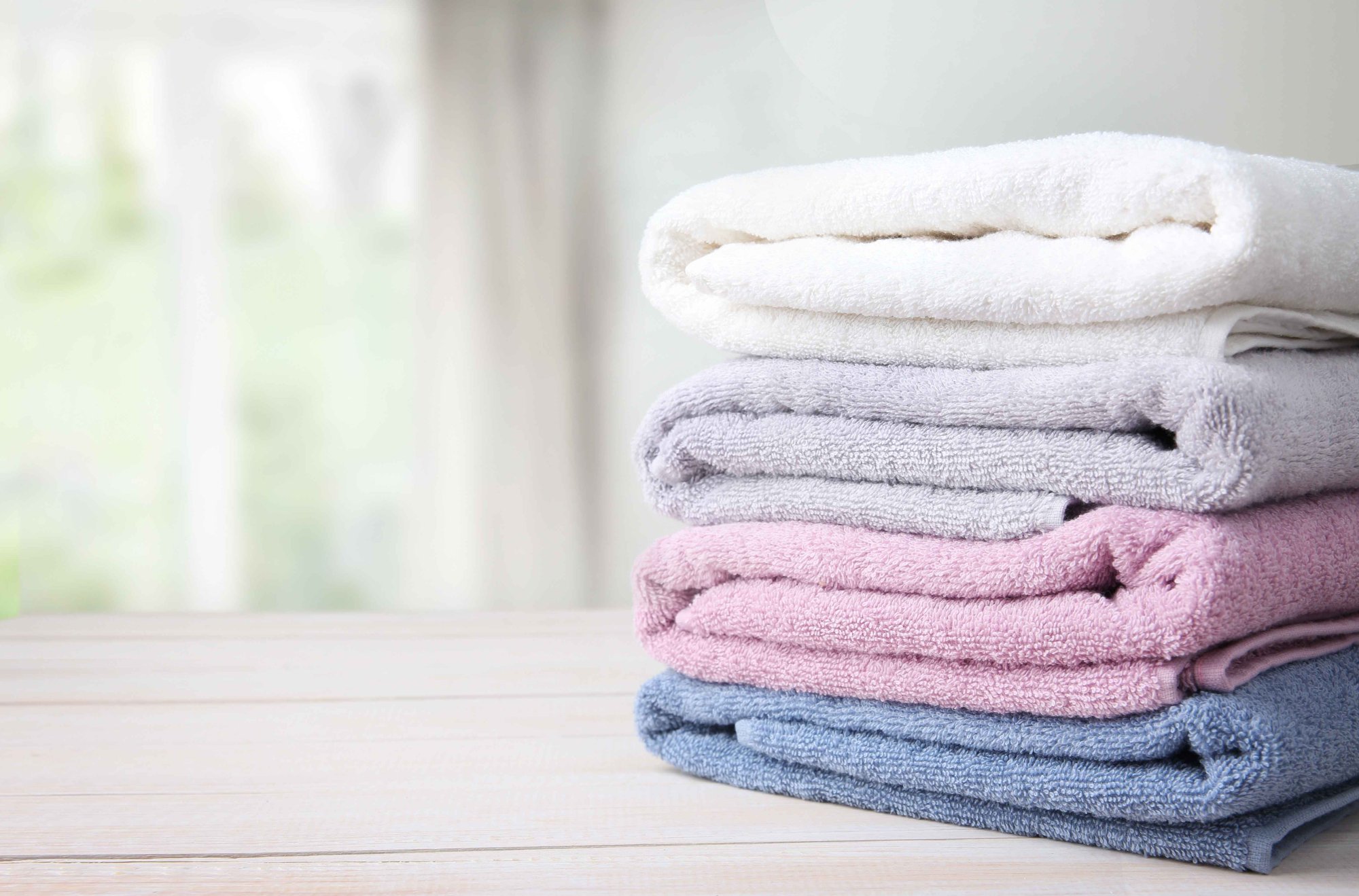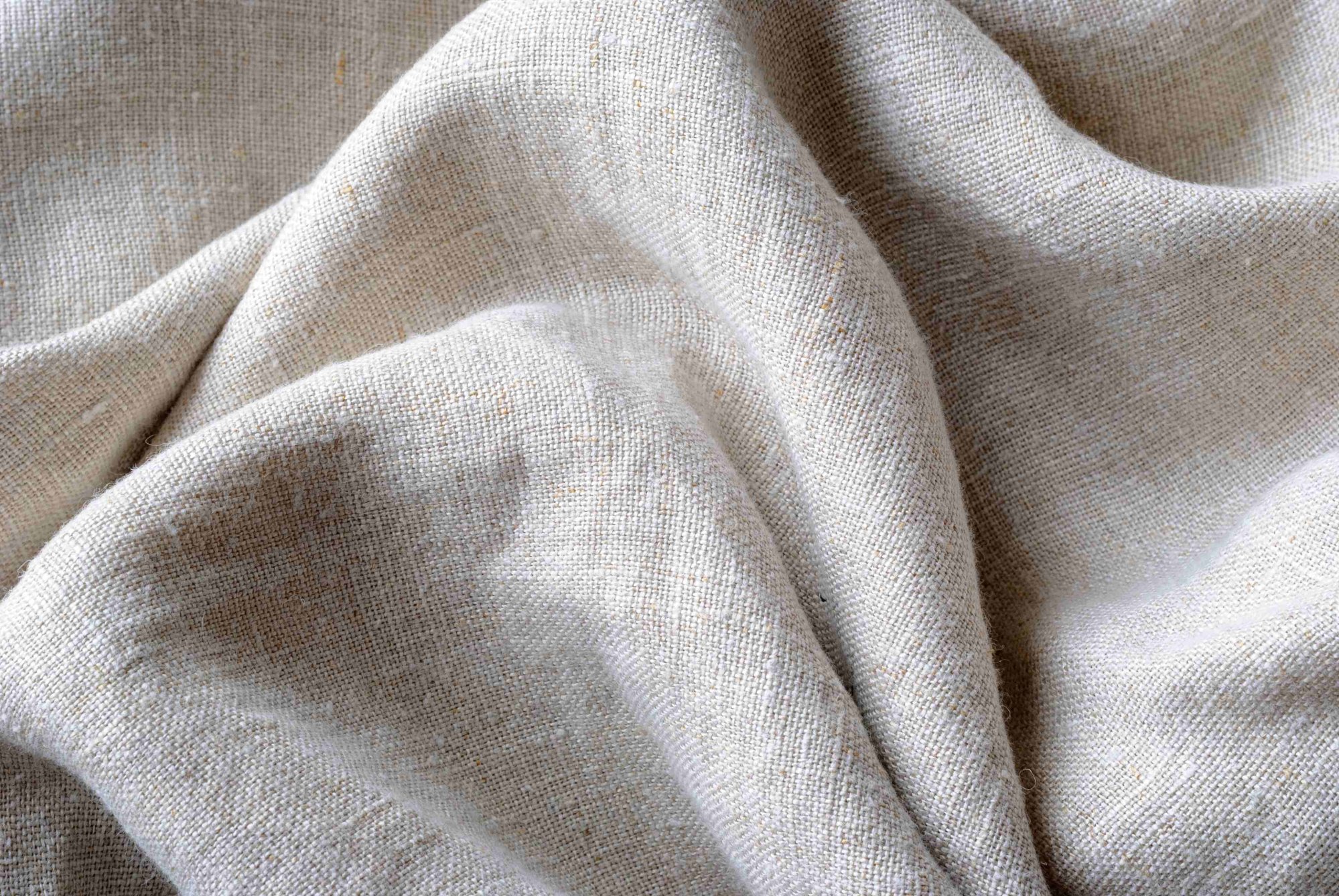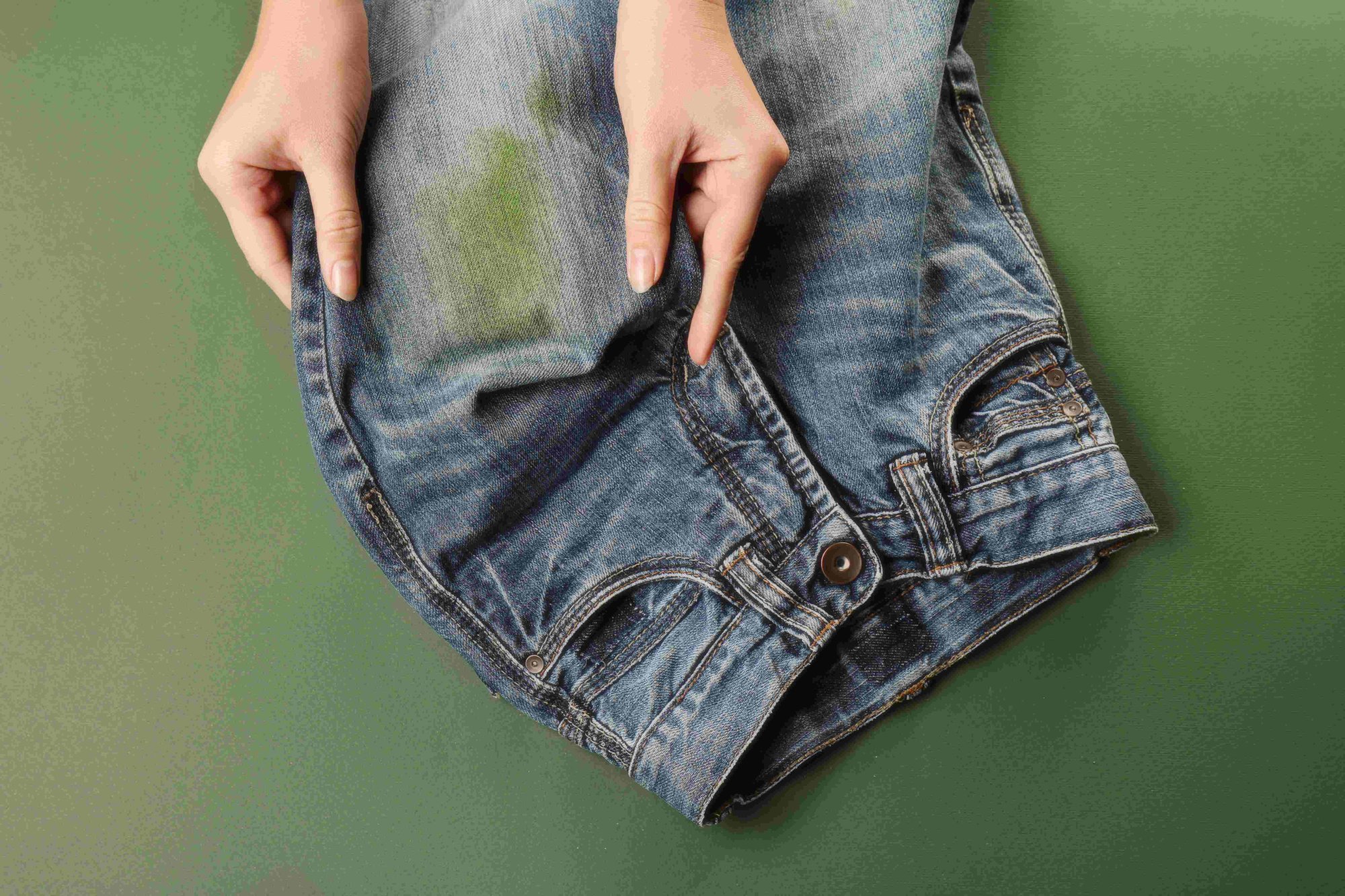Ink stains can be more difficult to remove from clothing. The key is to "strike while the iron is hot," as ink contains components that can quickly penetrate fibres and cause permanent damage. The sooner you start treating the stain, the higher your chances of successfully removing it. Tips for Removing Ink Stains If ink has just spilled, gently blot it with a paper towel or a clean cloth. However, avoid rubbing the stain too much to prevent spreading the ink. Soak a cotton pad or c...
Washing from A to Z, Page 4
List of articles
Whether it’s a spilt pen, a printer ink, or a writing mishap, ink contains dyes and chemicals that quickly absorb into textile fibres. If not removed immediately, the stains can become permanent. It's important to act quickly to prevent the dye from setting into the fabric. Tips for Washing Out Ink If the stain is fresh, gently blot it with a paper towel or cloth to remove excess ink. Do not rub, as this may spread the stain. Before cleaning, place a clean cloth or paper towel under...
Although nowadays, better second-hand stores pay attention to cleanliness and disinfection of items, it’s still a good idea to give them special attention before wearing them for the first time. Clothing from some stores may contain dust, bacteria, fragrance residues, or chemicals from previous use. Tips for Washing Second-hand Clothing 1. Pre-soaking to remove odours If the clothing has a strong odour, soak it for several hours in water with a cup of vinegar (approximately 1 ...
Newborn clothes require special care because a baby’s sensitive skin reacts to various chemicals, dirt, and irritants. Why Is It Important to Wash Newborn Clothes with Special Care? Using inappropriate detergents or improper washing methods can lead to allergies, rashes, or discomfort. Additionally, it’s essential to remove bacteria, dye residues, or chemicals that may remain from the manufacturing process. Basic Rules for Washing Newborn Clothes Before first use, wash ever...
Keeping clothes vibrant even after multiple washes can be challenging, but it’s not impossible. Choosing the right washing program, detergent, and following a few tips can help preserve the colours of your garments so they look like new. Why Do Clothes Lose Their Colour? Colour fading during washing is mainly caused by: excessively high water temperature, unsuitable detergents, insufficient sorting of laundry, washing in hard water. Tips for Washing Clothes Without Los...
Washing at 90 °C is intended for removing stubborn stains and bacteria and is only used for textiles that can withstand high temperatures without damage. Benefits of Washing at 90 Degrees Effective Stain Removal – Grease, oil, and stubborn stains don’t stand a chance. Disinfection of Fabrics – Eliminates bacteria, viruses, and mould that cannot be removed at lower temperatures. Restoring Whiteness – White laundry remains brighter and fresher. What Materials Can Be Washed...
Linen is a natural material that is highly durable but requires proper care. Incorrect washing or drying can cause the fibres to harden, fade, or become damaged. How to Wash Linen 1. Wash at Low Temperatures Machine Washing: Choose a gentle cycle with a maximum temperature of 30–40 °C. Use low spin speeds (600–800 RPM) to prevent creasing and deformation of the fabric. Hand Washing: Ideal for delicate linen garments. Use lukewarm water and a mild detergent. Gently press the...
Grass stains are a nightmare for many, but you don’t have to write off your favourite clothes just yet. With the right approach and a few clever tricks, you can remove them with ease. Why Are Grass Stains So Stubborn? Grass contains natural dyes that penetrate deeply into textile fibers. If not removed quickly, they can become "locked" in the fabric, especially if the clothing is washed at high temperatures. Proven Methods to Remove Grass Stains 1. Start with Cold Wat...
When removing marker stains, acting quickly is crucial. The sooner you start, the higher the chance the stain won’t become permanent. What you'll need: Isopropyl alcohol or rubbing alcohol, Acetone-free nail polish remover (if necessary), Cotton pads or a clean cloth, Paper towels or a cloth for padding, Laundry detergent. How to Wash Marker Stains from Clothing Prepare the clothing – place a paper towel or clean cloth underneath the stain to prevent the marker from...
Washing underwear must be gentle, hygienically safe, and effective. How to do it? Underwear is made from delicate fabrics such as cotton, silk, lace, or microfibre, which is why it’s important to follow the right washing procedures. Let’s look at the various options. Hand Washing The gentlest method for washing underwear, especially that made from delicate materials, is hand washing. Use lukewarm water with a mild detergent designed for delicates or baby clothes. Gently soak the under...

